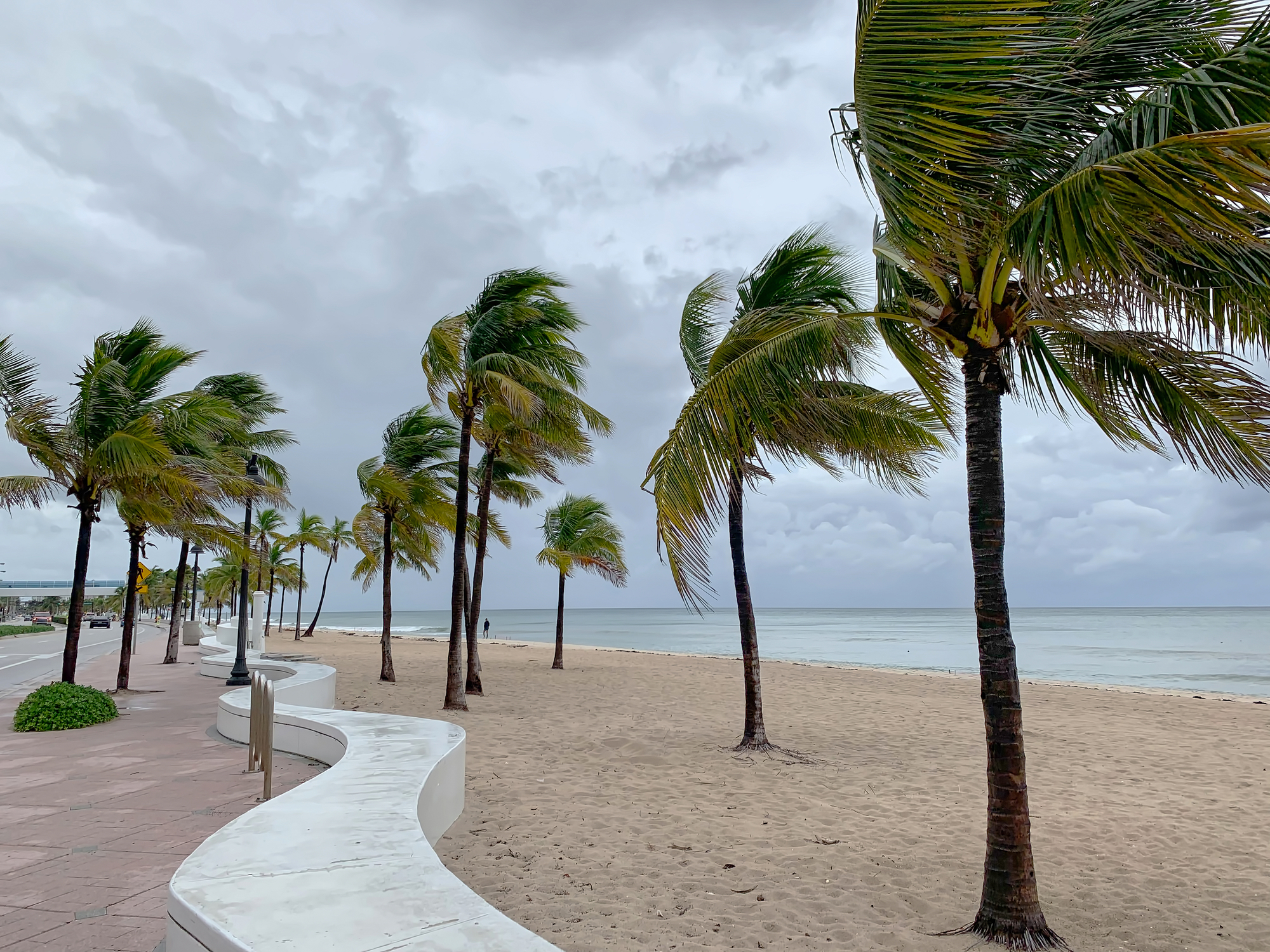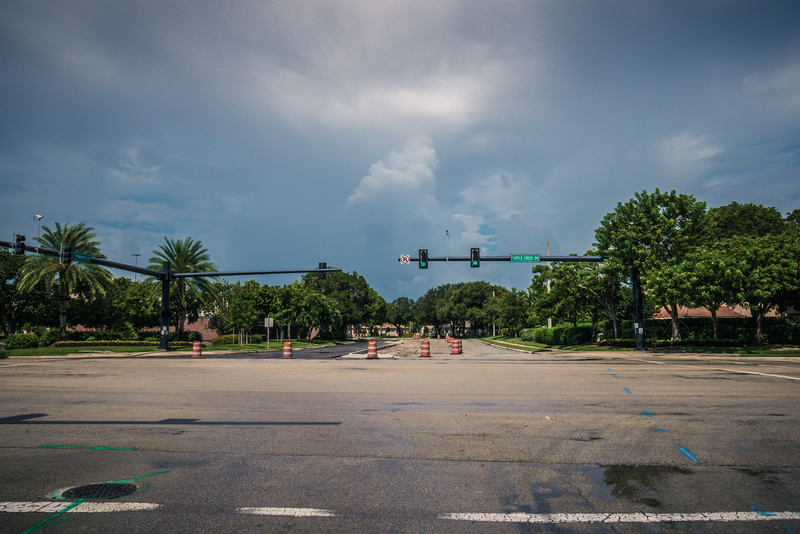Driver Safety Tips As Hurricane Dorian Bears Down On Southeastern United States

Hurricane Dorian already flooded wide swaths of the Bahamas, and now the storm sets its sights on the the Southeastern United States. Ideally, one wouldn't get caught driving in hurricane conditions, but here's some things to remember when heading out into foul weather.
Whether you live in a hurricane zone or plan to travel to one, preparation is key. Keep a well-stocked safety kit and take steps to avoid being on the road during the brunt of the storm.
“It’s imperative to make safety a personal priority. Don’t move about the roadway unless you absolutely have to,” said Staff Sgt. Robert Singleton of the Sumpter Police Department in Sumter, South Carolina. “If you have to drive, pay attention to your surroundings. Don’t drive through standing water and pay attention to traffic signals.”
Hurricane season technically lasts from June 1 to November 30, with the peak season running from late August through September, according to the National Weather Service.
Meteorologists are very adept at predicting the path of a hurricane, but storms can and do deviate from their expected course.
Experts recommend keeping an eye on the forecast and breaking news updates to avoid getting caught off-guard.
 Storm chaser Tim Marshall offers the following suggestions for staying safe on the roadways during hurricane season:
Storm chaser Tim Marshall offers the following suggestions for staying safe on the roadways during hurricane season:
-
Ask your service advisor to check tire depth and battery power. Insufficient tread can cause sudden sliding and a fully charged battery can keep your accessories powered in case of emergency. Also, don’t forget to inspect the spare tire.
-
Mind the windshield. Clean and apply a water repellent to the windshield for improved visibility in heavy downpours.
-
Be particularly aware of your surroundings. Drive defensively, be ready to slow or stop quickly and without warning.
-
Never drive through water flowing across a road. Just six to 12 inches of moving water can sweep away a small vehicle.
-
In standing water, drive slowly to prevent your vehicle sliding.
-
Never drive around barricades. After all, that road is closed for a reason. Sinkholes and washed out roadways are commonly effects of hurricanes and thunderstorms.
-
Expect debris. Watch out for tree limbs and debris in the roadway. Even small branches can damage a car or cause the driver to lose control.
-
Familiarize yourself with the evacuation locations in your area.
-
Tune into weather forecasts before you head out.
How can drivers prepare for the unexpected? What kinds of emergency items should they carry in the trunk of their vehicle?
“Always check the weather and traffic conditions before you travel,” Capt. Nancy Rassmussen of the Florida Highway Patrol said recently. “And take a map. If we have road closures, drivers will need to take a detour.”
GPS systems are not always reliable. Weekend tornadoes such as the storms that descended on New York City can render GPS devices and smartphones useless. Moreover, the devices are unreliable for suggesting alternate routes, which may be flooded or blocked.
Emergency preparedness means taking the time to plan the journey. Being in a rush, getting distracted, overconfidence, not paying attention to weather alerts—life’s distractions prevent drivers from making sound judgments.
“Be prepared,” said Don Lauritzen at American Red Cross. “Plan your trip ahead of time. All the steps are simple but easily forgotten.”
First and foremost, drivers should carry an emergency kit at all times. A lot of the items Lauritzen and state patrollers such as Capt. Rassmussen suggest seem like common sense yet often are neglected by drivers.
It's important to keep a roadside emergency kit in your trunk. A well-stocked emergency kit should have:
-
Two or more flares. Nonflammable, battery operated flares may be easier to ignite in foul weather and less of a fire hazard, especially in dry climates such as California and Arizona.
-
Paper maps or a road atlas. Your smartphone or GPS device may not operate properly in electrical storms, hurricanes and tornadoes. An old-fashioned map can help you navigate detours or find a safe haven
-
Inexpensive battery-operated radio or hand-crank two-way radio. These devices can help drivers stay in touch during storms rather than draining their vehicle battery by charging smartphones and other electronic devices.
-
Reflective road triangles to help motorists and emergency crews see your vehicle.
-
First aid kit, jumper cables and extra batteries.
-
LED Flashlight. They last for hours and some are designed to emit an emergency flash.
-
Jack and ground mat for changing a tire. Capt. Rassmussen suggested replacing the basic jack that came with your vehicle for a more sturdy, stable hydraulic lift.
-
Work gloves and a change of clothes in case you need to change a tire, fix a hose or make a small repair.
-
Basic repair tools and some duct tape (for temporarily repairing a hose leak).
-
A jug of water and paper towels for cleaning up.
-
Nonperishable food, drinking water and medicines.
-
Extra windshield washer fluid and replacement wiper blades.
-
Sanitation and personal hygiene items.
-
Copies of personal documents (medication list and pertinent medical information, passports, insurance policies).
-
Emergency blanket and coat, preferably wool.
-
Windshield Ice scraper and portable shovel in case your vehicle gets stuck in mud or snow.